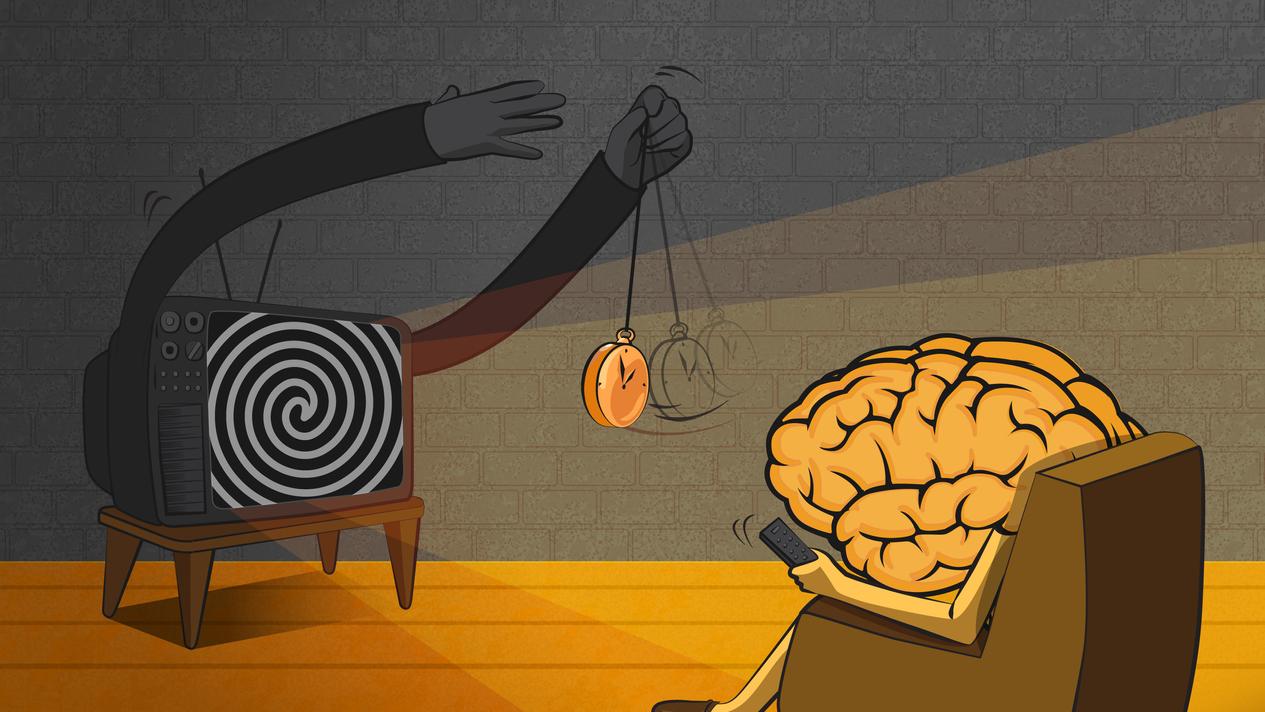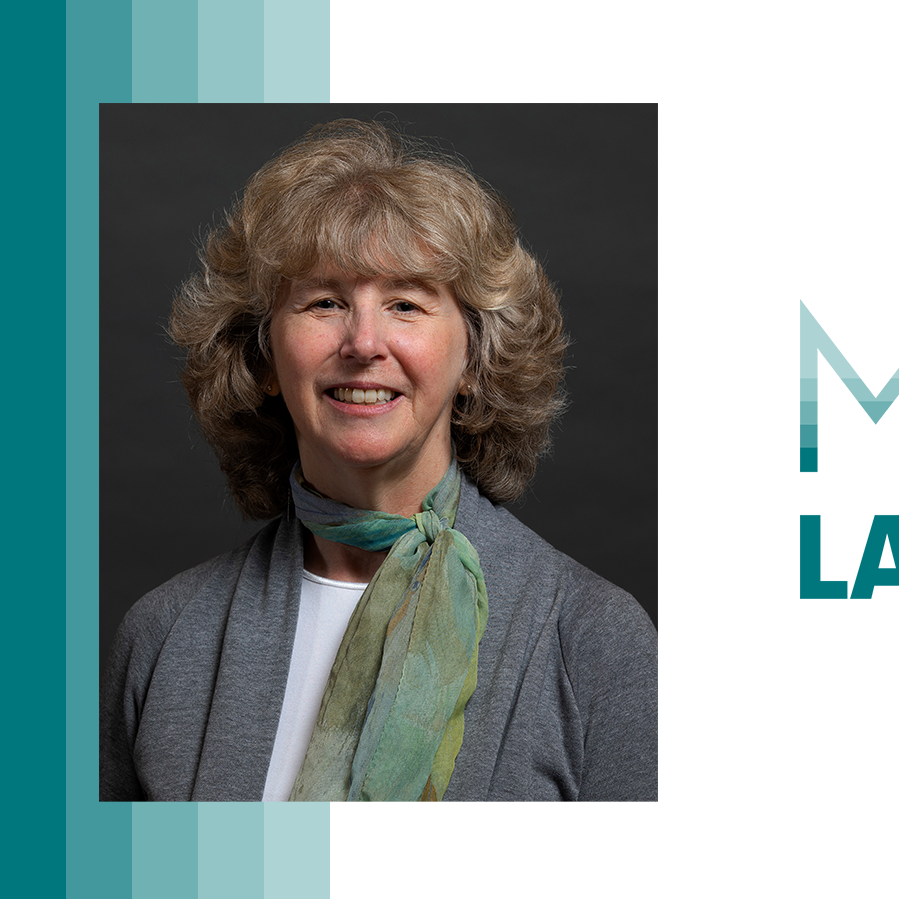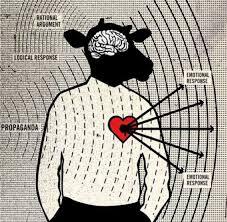by Beth Staats
Quick Summary
If we want to win the battle against misinformation, we have to be willing to put in time and effort educating ourselves and those around us. We can do this without reinventing the wheel.

If we want to win the battle against misinformation, we have to be willing to put in time and effort educating ourselves and those around us. We can do this without reinventing the wheel. Resources and toolkits are being published frequently to help librarians and educators inform students, patrons, and the public on media and information literacy. IREX, a global development and education organization, found that adults were 25% more likely to check multiple news sources one and one-half years after attending one of their media literacy programs.
There are lots of great tidbits relating to Media Literacy education in a recent article from Stanford Social Innovation Review titled "Strengthen Media Literacy to Win the Fight Against Misinformation." The authors, both employed by IREX, offer examples of how countries that have incorporated media literacy into their education systems or schools show an improvement in these skills. The best part is that "digital media literacy reduced the perceived accuracy of false news, and training remains effective when delivered in different ways and by different groups."
So you may be wondering where to start. Fortunately, in Minnesota, we are currently in the early part of a 10-month Media Landscapes campaign. There are three upcoming speakers on the docket to present before June 1st when the campaign breaks for the summer months. There is a Call for Proposals form if you are interested in submitting a proposal to present as part of the campaign. You can also access the ALA published, "Media Literacy in the Library: A guide for library practitioners." This guide includes conversation starters, tips on how to incorporate media literacy into your current programs, as well as information on key topics around media literacy like filter bubbles, algorithms, and economics.
IREX offers a Media Literacy Trainer's Manual, as part of their media literacy curriculum. This 176-page manual includes three main units that each include specific parts and lessons. This manual offers suggested itineraries depending on the amount of time you have, your audience's needs, and media consumption habits. It includes learning objectives, talking points, materials and time needed, a warm-up, introduction, activities, and conclusions. The Learn to Discern: Media Literacy Trainer's Manual can be used in formal and informal education environments. It includes "step-by-step guidance and interactive exercises for helping learners of all ages recognize why and how manipulative content works and gain skills to reject half-truths, clickbait, hate speech, and fakes."


